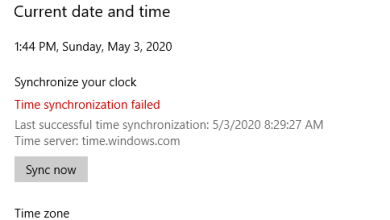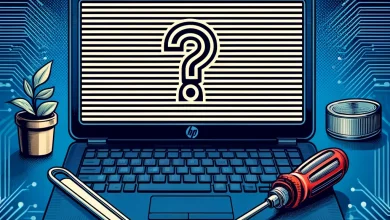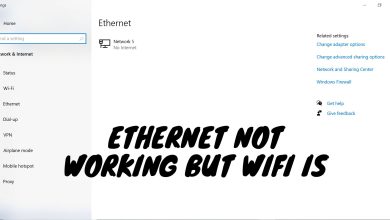Fix: “GPU” Option Missing in Task Manager Problem
The GPU not showing up in Task Manager is an issue that many users are encountering when trying to see what the usage percentage is for their GPU. When you open the Task Manager look for the process, the GPU column is unseeable. This issue has been encountered on Windows 11, as well as the older versions of Windows.
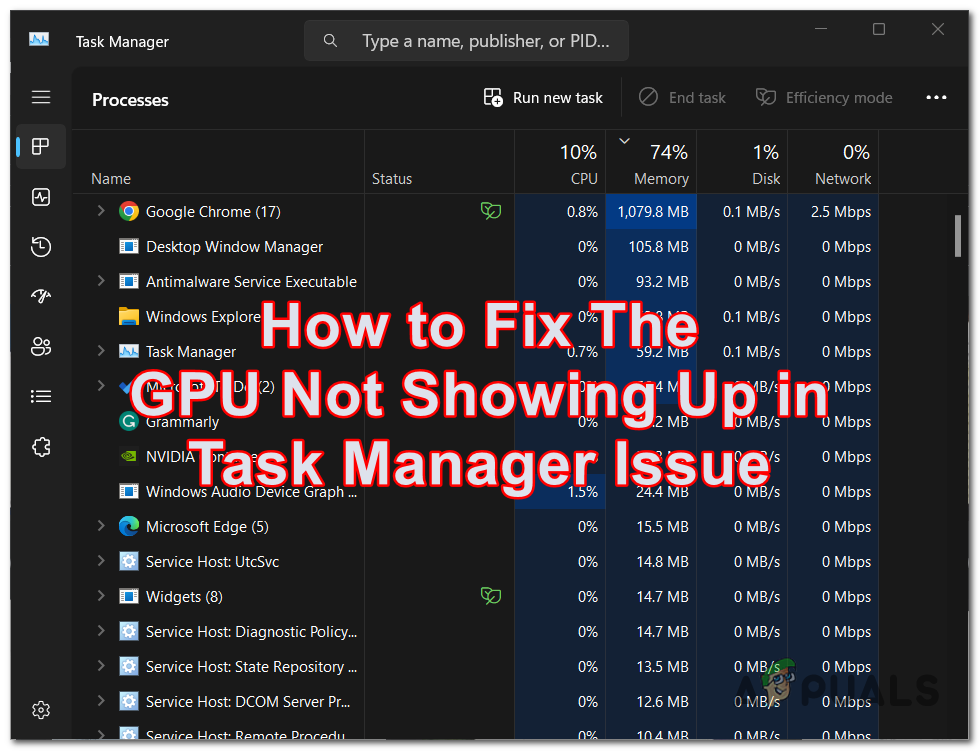
What causes this issue?
The most common cause of this issue is the corruption of the registry entries for the performance counter. The performance counter is used by applications and the operating system to monitor the performance of hardware components, such as the GPU in this case.
How to fix this issue?
There are a few simple things that you can do in order to fix this issue. You can start by making the GPU column visible, and if that doesn’t work, try rolling back the latest Windows updates installed to see if that changes anything. If the issue still appears, try installing the latest updates for your specific GPU. Here are the methods you need to follow:
1. Make the GPU column visible
The first thing you need to do is to try to make the GPU column visible from the Task Manager. The GPU column might be hidden because that is the default setting. If it was visible in the past, it might’ve changed after a Windows update that has been installed.
All you need to do is to go to the Task Manager and make the GPU column visible. You will be able to see the usage percentage of your GPU. You can also see how much are the apps you are using consuming.
Here are the steps you need to follow to do this:
- Start by opening the Task Manager. The easiest way to do this is to simultaneously press the CTRL + Shift + ESC.
- Now you need to go to the Processes section.
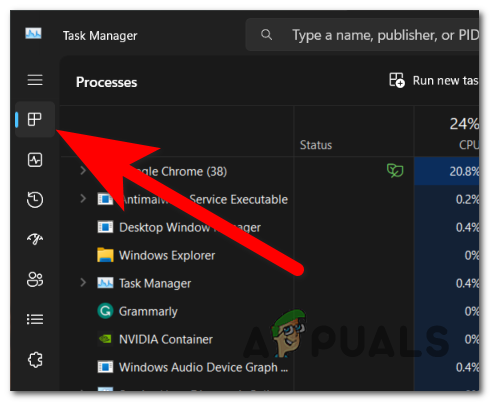
Accessing the Processes section - Right-click on any column that you see (like Name, Status…) and you will be able to see all the available options that you want to see.
- Click on the GPU option and it should appear on the right side of Task Manager.

Making the GPU column visible - If the GPU column is still not available, the GPU is not showing in Task Manager due to other reasons.
2. Rebuild the Performance Counter
As we said earlier, when the registry entries of the performance counter become corrupted, it causes the GPU option to disappear. This is confirmed by many affected users on reddit.com. To resolve this, you will have to rebuild the performance counter, which will automatically restore the corrupted registry entries. To do so, follow the steps:
- Right-click the Start Menu and select Terminal (Admin).

- Here type the following command to rebuild the performance counter.
lodctr /R

- If you receive an error message saying “unable to rebuild performance counter”, type the following commands.
cd c:\windows\sysWOW64 lodctr /R cd c:\windows\system32 lodctr /R
- Once done, check if the GPU option is displaying in the task manager.
3. Make sure you have a 2.0 or above version of WDDM
WDDM, or Windows Display Driver Model, is a graphics architecture that is used to handle graphics-related tasks, including displaying the GPU performance in the task manager. Old graphics cards, including APU and iGPU, do not support this feature, which means the GPU option won’t be displayed. If you want to know whether your Graphics card supports this feature or not, you should have a WDDM version 2.0 or above. To find out the version of WDDM, follow the steps:
- Press the Win + R keys simultaneously.
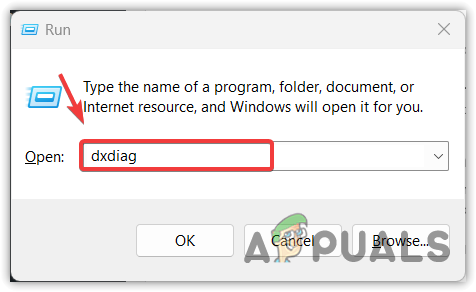
- Type dxdiag in the box and click OK to run the Direct Diagnostic Tool.
- Go to Display 1 from the top bar.
- Under Drivers, check the version of the Driver Model and make sure it is 2.0 or above. Otherwise, the GPU option won’t be displayed in the task manager due to incompatibility.

4. Reinstall the GPU Drivers Using DDU
It is possible that your GPU drivers are outdated, which is why the WDDM version is not compatible with the GPU monitor feature. If your GPU manufacturer has launched the driver with the latest version of WDDM, updating the GPU driver will fix this issue. However, you will also encounter this issue if there is corruption in the GPU drivers. In both scenarios, we recommend reinstalling the GPU drivers using the DDU.
DDU or Display Driver Uninstaller is an application for uninstalling the drivers along with the registry files. It is a better way to uninstall the drivers as it removes the drivers without any file leftover behind. To reinstall the GPU driver, follow the steps:
- Download the Display Driver Uninstaller using the link.
- Once it is downloaded, extract the DDU zip folder using the archive utility.
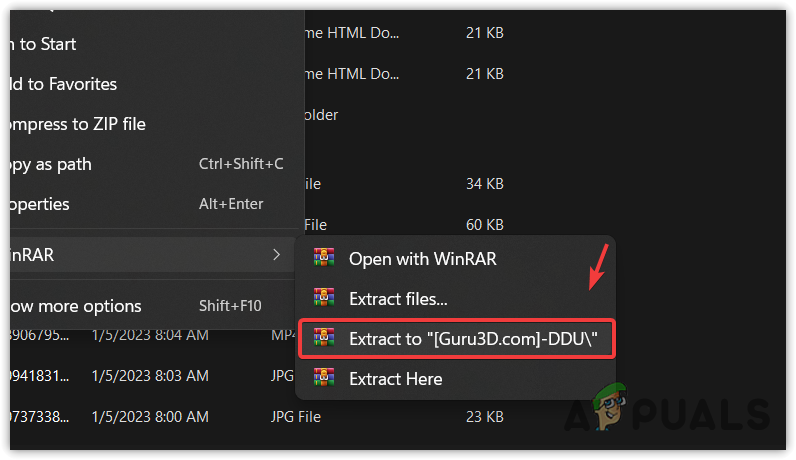
- Once done, navigate to the extracted folder and run the 7zip file.
- Click Extract and again navigate to the folder.

- Run the Display Driver Uninstaller application.
- Select the device and the device type.
- Click Clean and Restart to wipe out the driver.
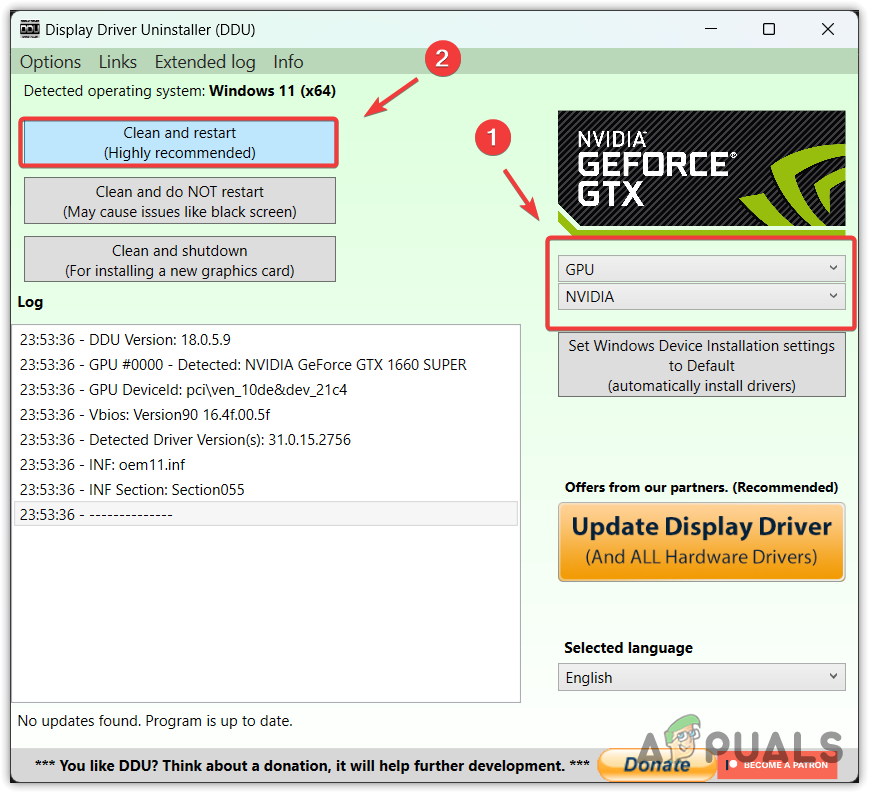
- Once done, go to your GPU manufacturer’s site.
- Locate for the latest Graphics driver.
- Download the driver and wait for it to finish the downloading.

- Once done, run the driver installer and follow the simple on-screen instructions to install the driver.
Even though this issue should be resolved by following the provided methods, if the issue still persists, double-check the WDDM version. If it is 2.0 or above, proceed to reset Windows by following the steps in the article. You can also comment down below for additional help from our experts.
GPU Not Showing up in Task Manager- FAQs
If the GPU is not displaying, it means there is a problem with the performance counter that various applications and Windows use to monitor the GPU performance. When the registry entries of the performance counter get corrupted, it causes the GPU option to get disappeared.
When there is a problem with the performance counter, it causes the GPU option to disappear. Therefore, try rebuilding the performance counter to get back your GPU option.
 Reviewed by
Reviewed by 